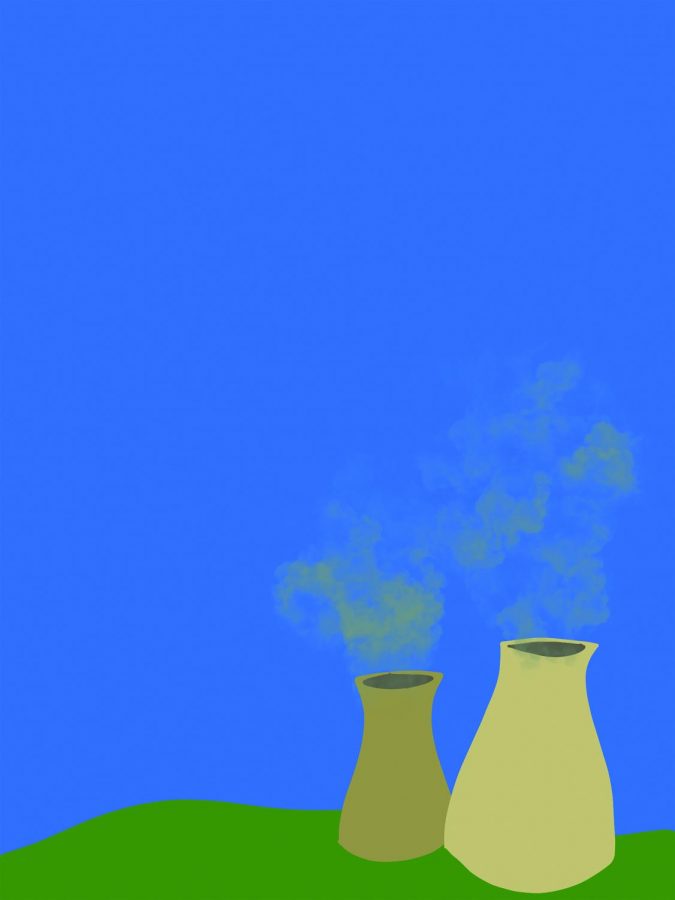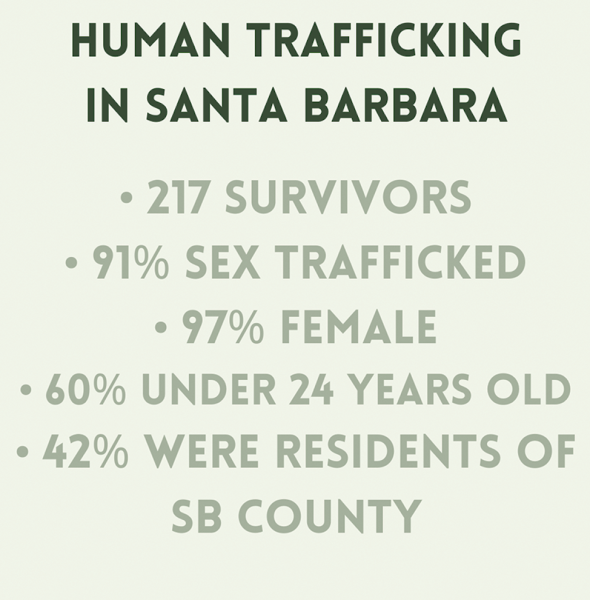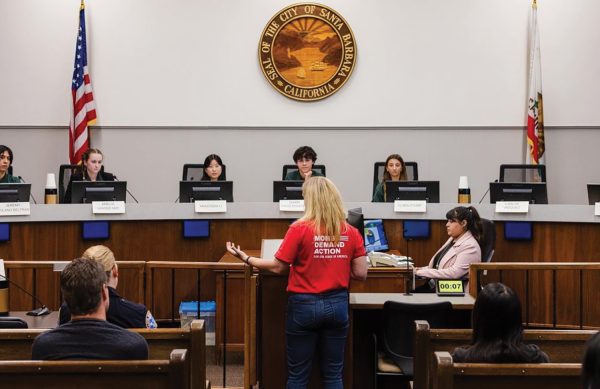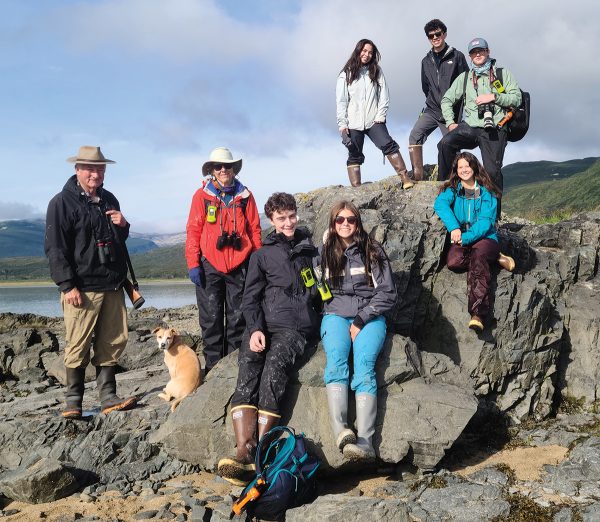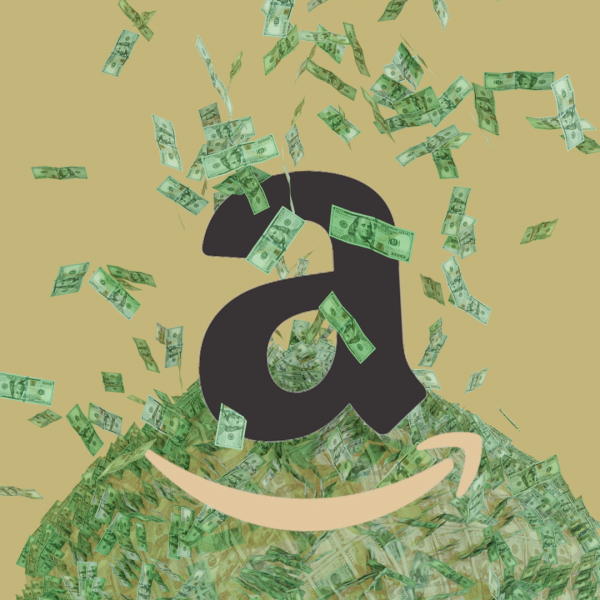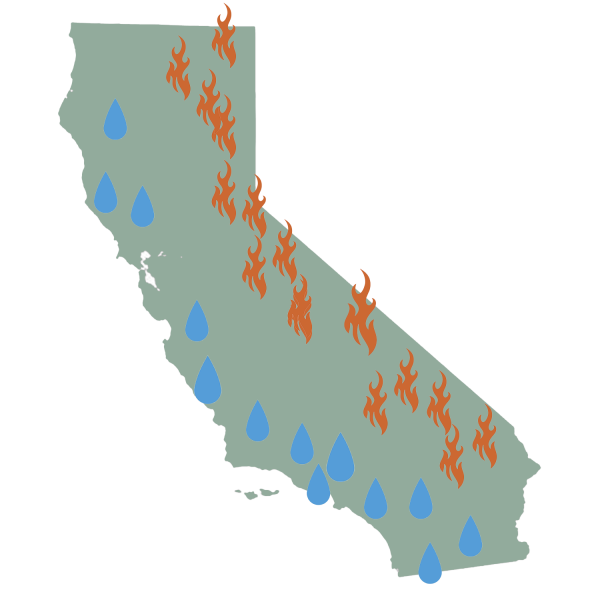Nuclear Energy: Advantages and Issues
March 11, 2019
Nuclear power is rapidly becoming more and more popular as a contender for alternative sources of energy. Its ability to generate huge amounts of power and the fact that it constantly generates energy regardless of whether or time of day means it is a highly effective substitute for fossil fuels.
Of course, this comes with the issue of meltdowns, which, historically, have caused destruction across entire cities and devastated nearby ecosystems.
Nuclear reactors create such huge quantities of energy by splitting uranium atoms, a process known as fission. The heat generated from this process is used by a turbine generator to produce energy.
The discussion of the mass implementation of alternative sources of energy, nuclear power, in particular, has become more and more prevalent in America and the rest of the world in recent decades as people begin to recognize their important role in protecting our environment.
Locally, the recent decision to close Diablo Canyon nuclear power plant near Avila Beach, the last of its kind in the state, has sparked debate as to whether or not California’s crack-down on nuclear is truly a step in the right direction.
Junior Simon Lea, a proponent of nuclear power, said, “They claim they are going to replace them with renewable energy sources, but they have not. They are planning to actually replace them with natural gas, which contributes to the greenhouse effect.”
Simon’s father, David Lea, a professor of Earth Science at UCSB, added, “Because the plant has a very good safety record, and because it’s currently operating, I think it should at least run to the end of its safe lifetime.”
Alternatively, nuclear power’s opponents cite a number of valid criticisms of our current ability to both control the reactors while in service and dispose of the waste they create.
Two of the most famous disasters surrounding nuclear reactors are the incidents at the Fukushima Reactor in Japan and the Chernobyl reactor in the former Soviet Union. The disaster in Fukushima was mostly due to damage to the reactor caused by a massive earthquake, which caused the cooling systems to deactivate and radiation to escape the facility, while Chernobyl was largely due to poor construction and management.
Nevertheless, both had devastating effects on their surroundings and prove how potentially dangerous this technology can be. Additionally, nuclear waste no lon- ger usable by most reactors can take thousands of years to decay.
When asked what she considered to be the biggest downsides to nuclear power, chemistry teacher Ka-tie Pointer said, “I’m not so much concerned about a nuclear meltdown like in Chernobyl, but more just the kind of geological disaster that then results in the waste and the fissionable material getting out into the atmosphere.”
This risk is exacerbated in California by its high number of earthquakes, largely due to the San Andreas Fault Line.
Another major issue with nuclear power is the cost of building a reactor. In his interview, Professor Lea said, “If it were a question of building a new plant, I think it would be very difficult to make the case for that, partly because the cost is so high.”
The cost of building reactors has actually continuously increased over the last four to five decades, and by the late 1980s, some larger plants cost as much as $5 billion to complete.
As we continue to progress as a civilization, and as alternative sources of energy continue to grow more efficient, it is true that nuclear power may eventually fall by the wayside due to some of its dangers and limitations. However, there is a very solid case to be made for its widespread implementation in today’s society, and that is why the issue is so heavily debated.



